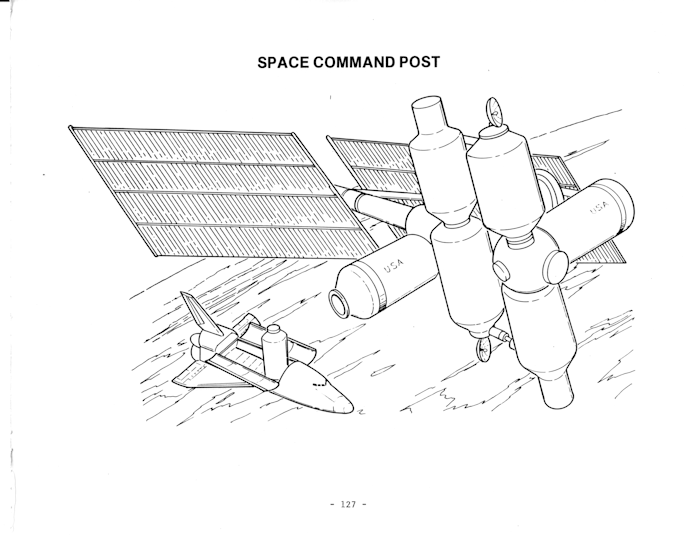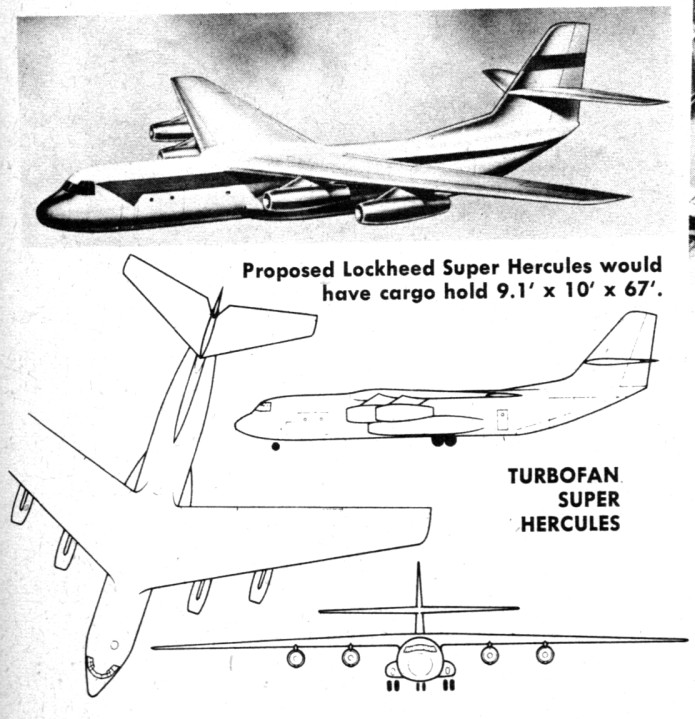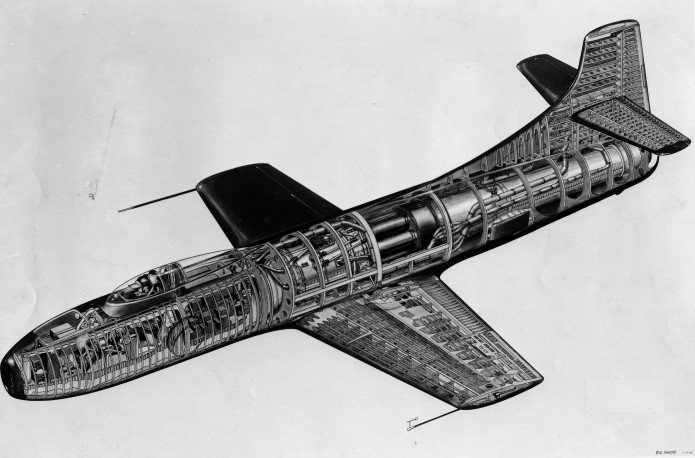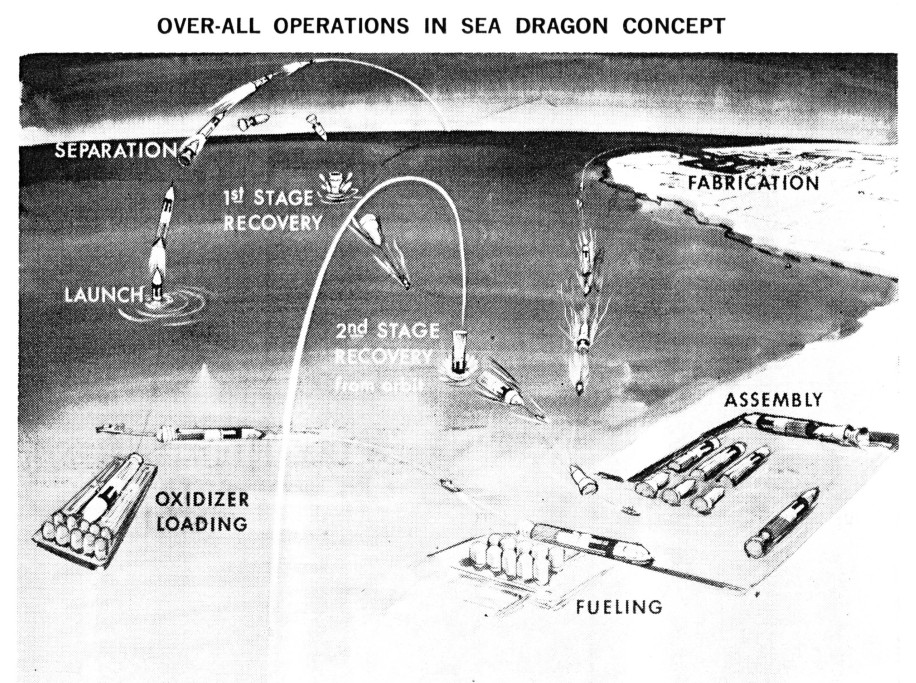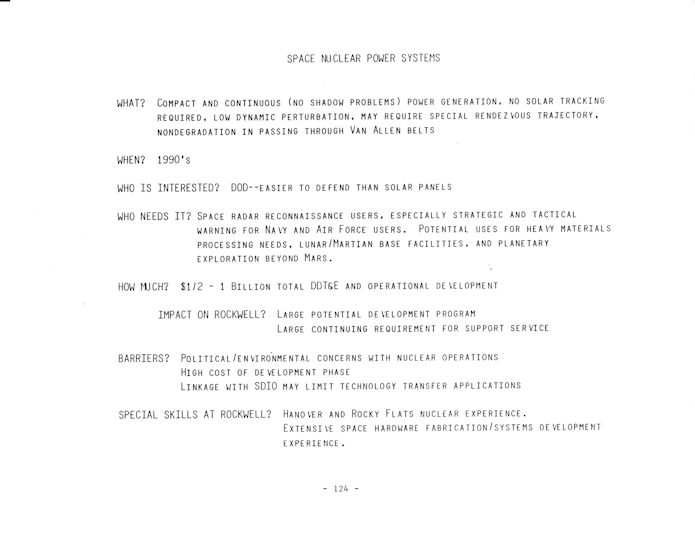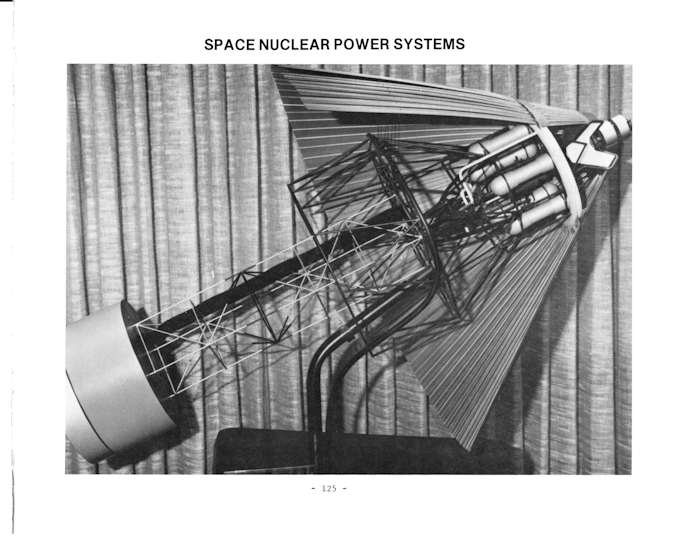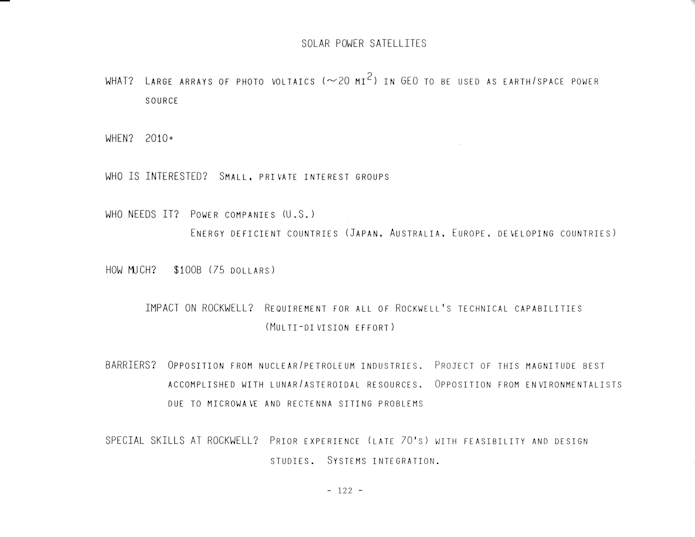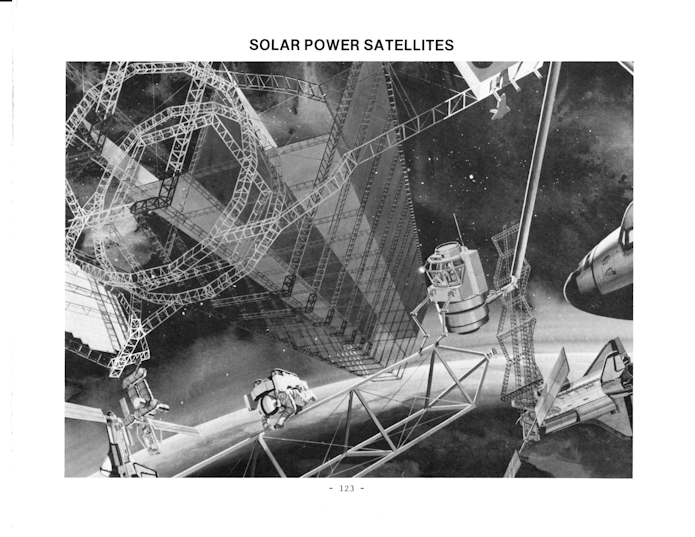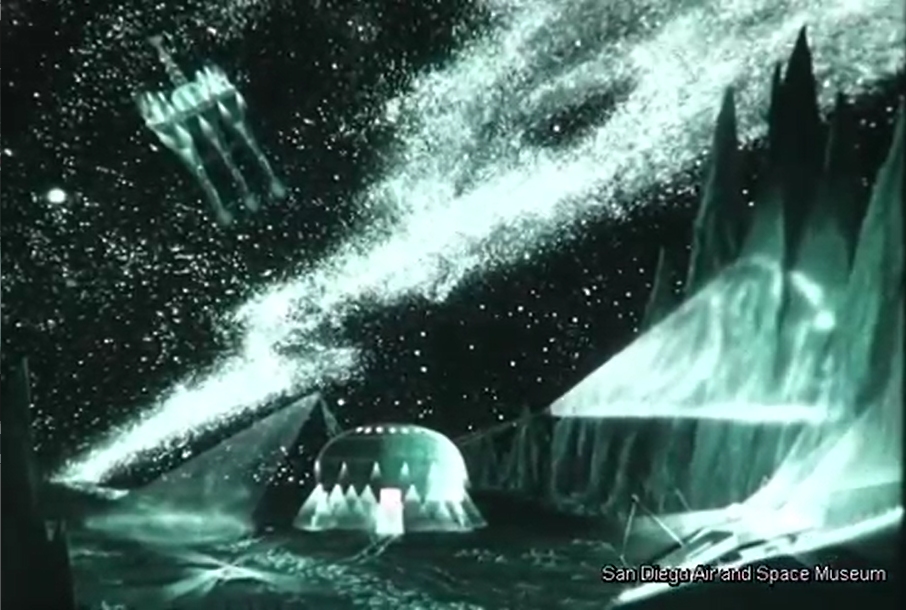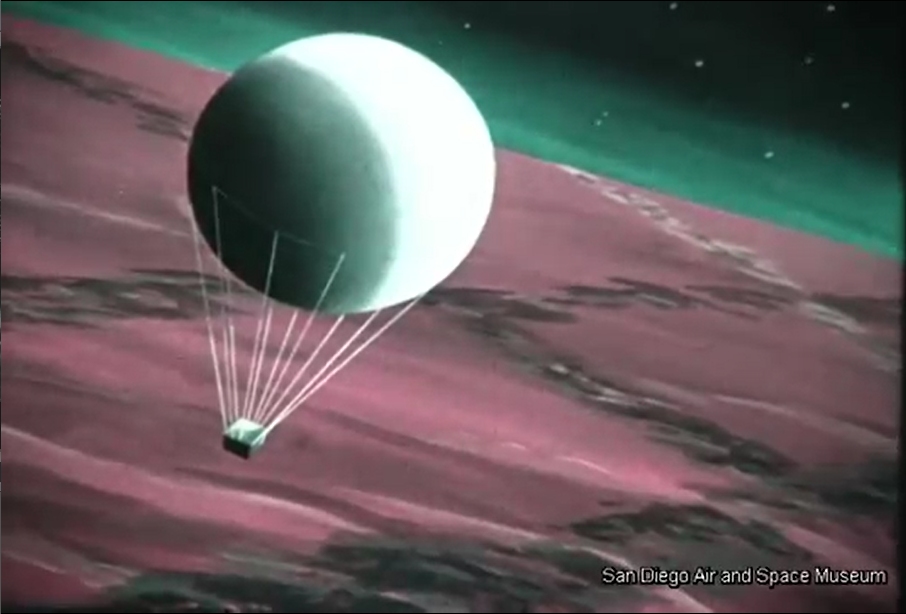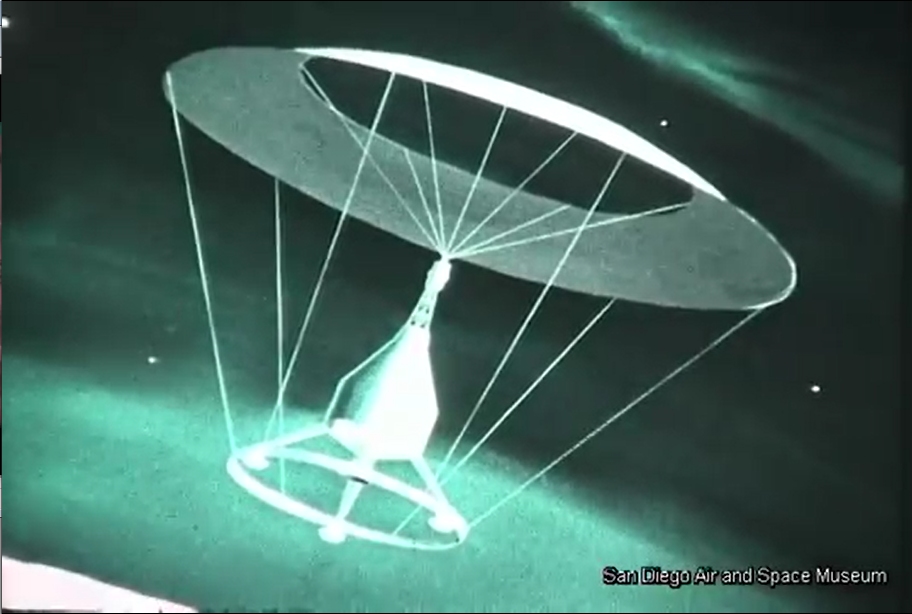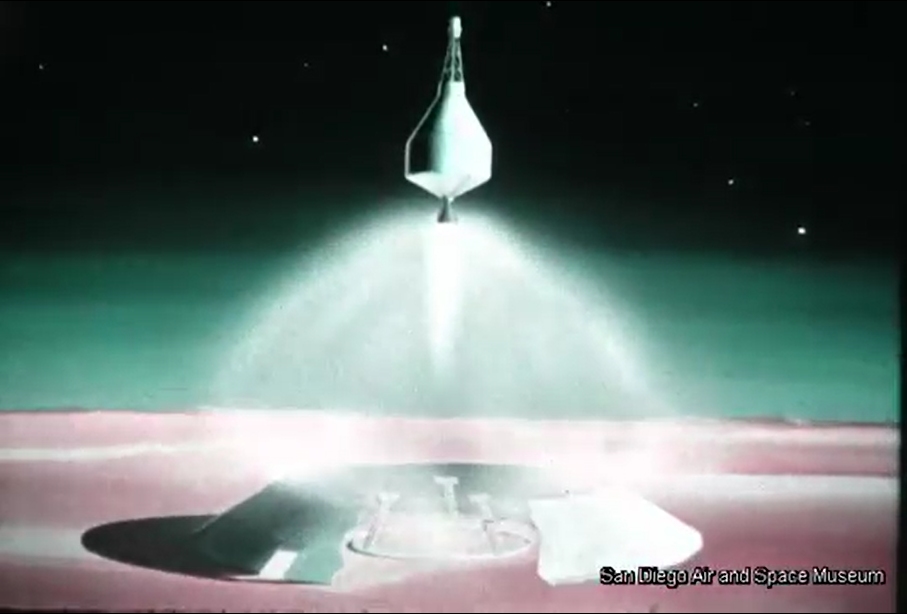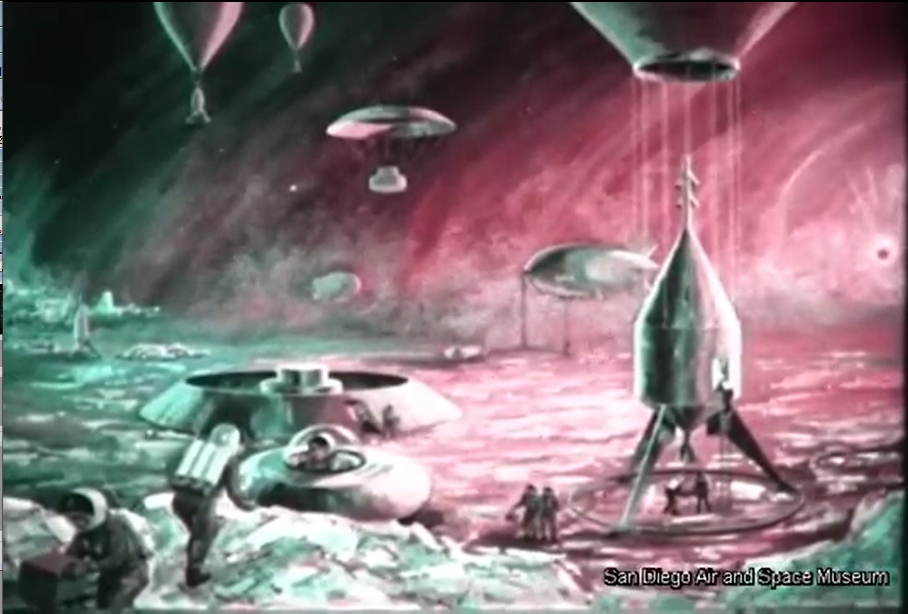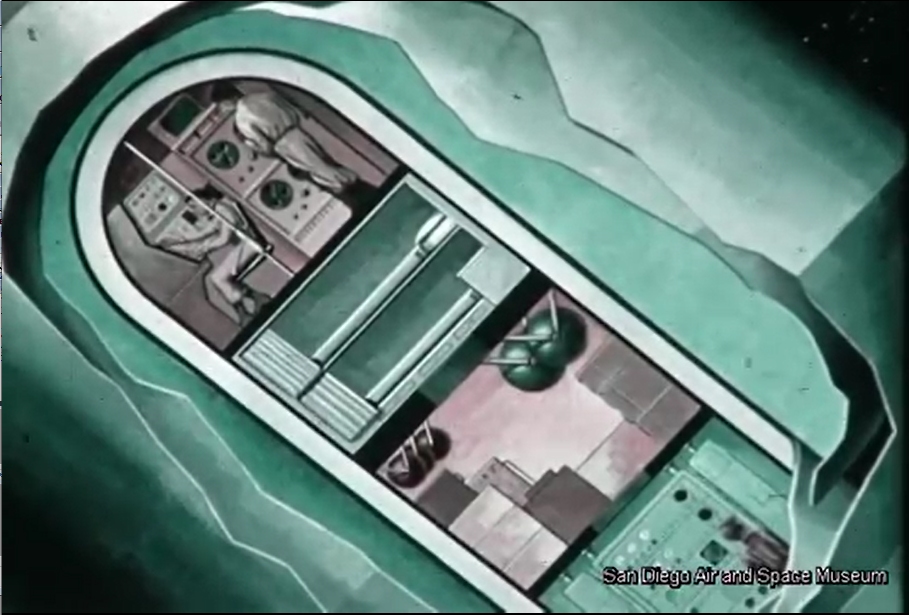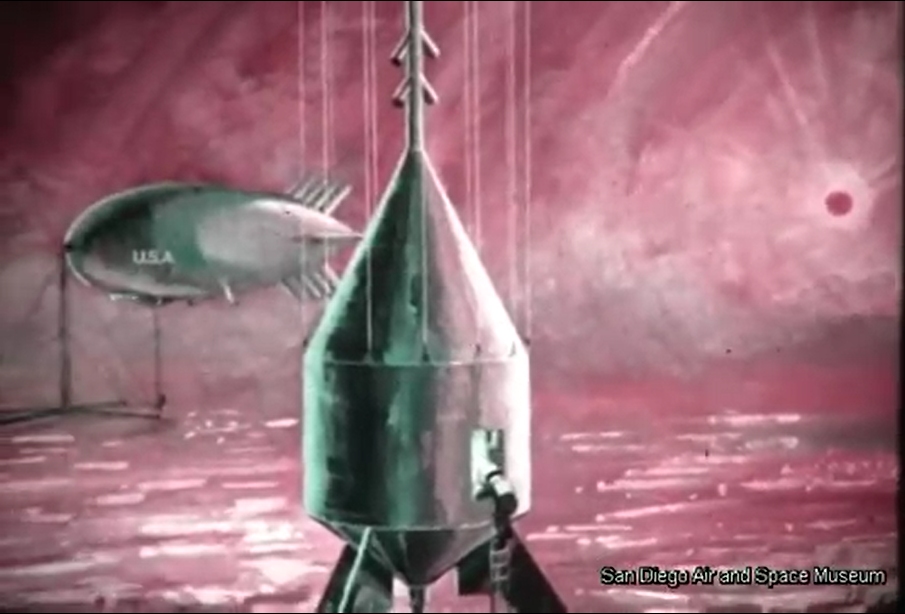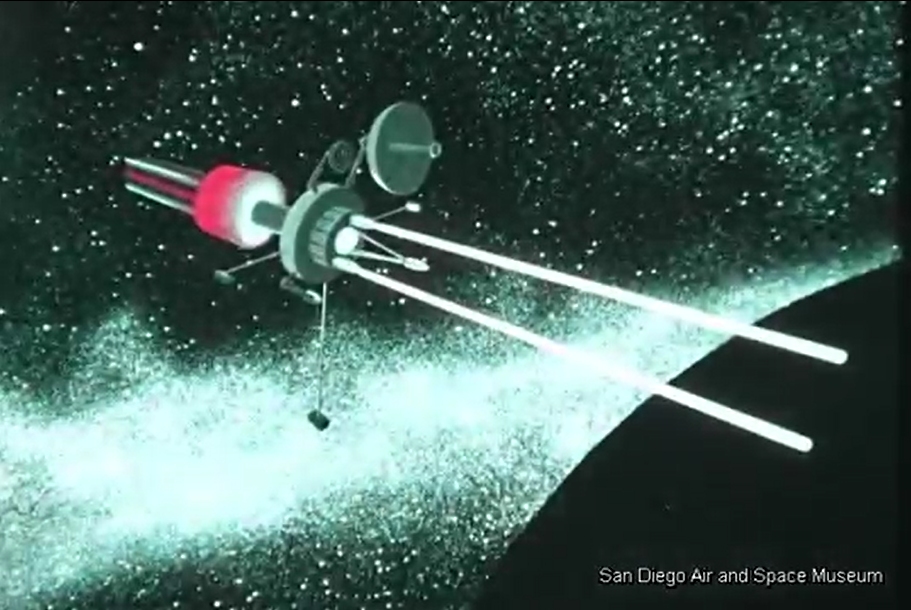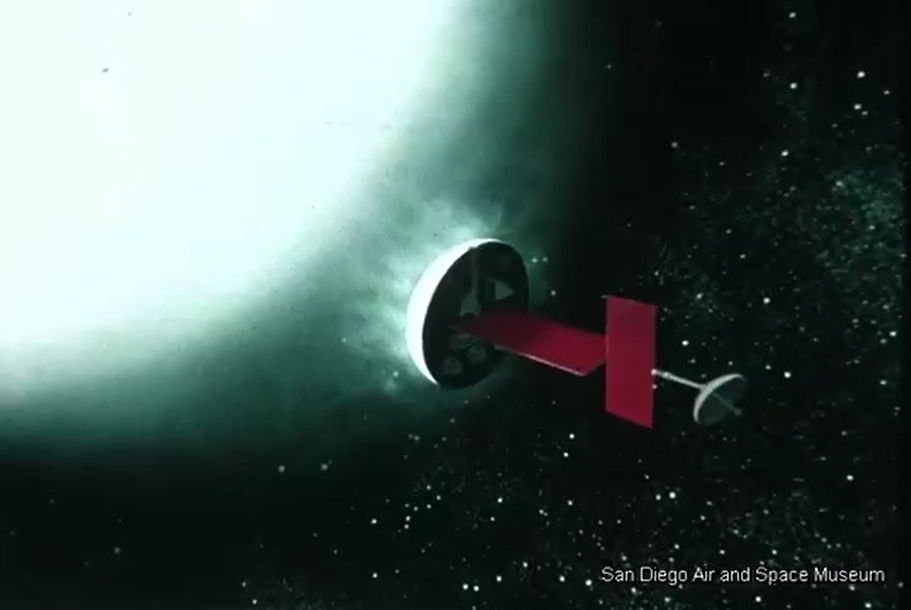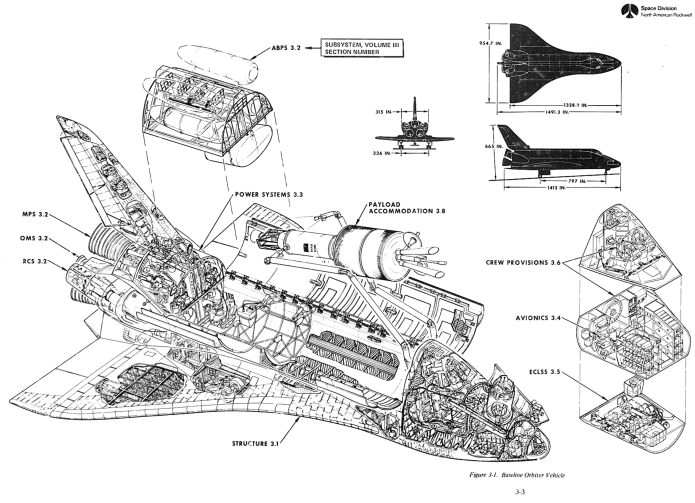In 1985, Rockwell International considered the possibility that there might be profit in a space station with a singular purpose… to serve as a command post in the event of a nuclear war. Its position would let it confirm Soviet ICBM launches and direct space based weapons in their response. Presumably this means that there would need to be several such orbital command posts. The brief description suggests that the command post would be in “high orbit,” perhaps geosynchronous; to have global coverage, at least two and preferably three or more such posts would be needed. The lower the orbit, the more would be needed to see the whole planet.

